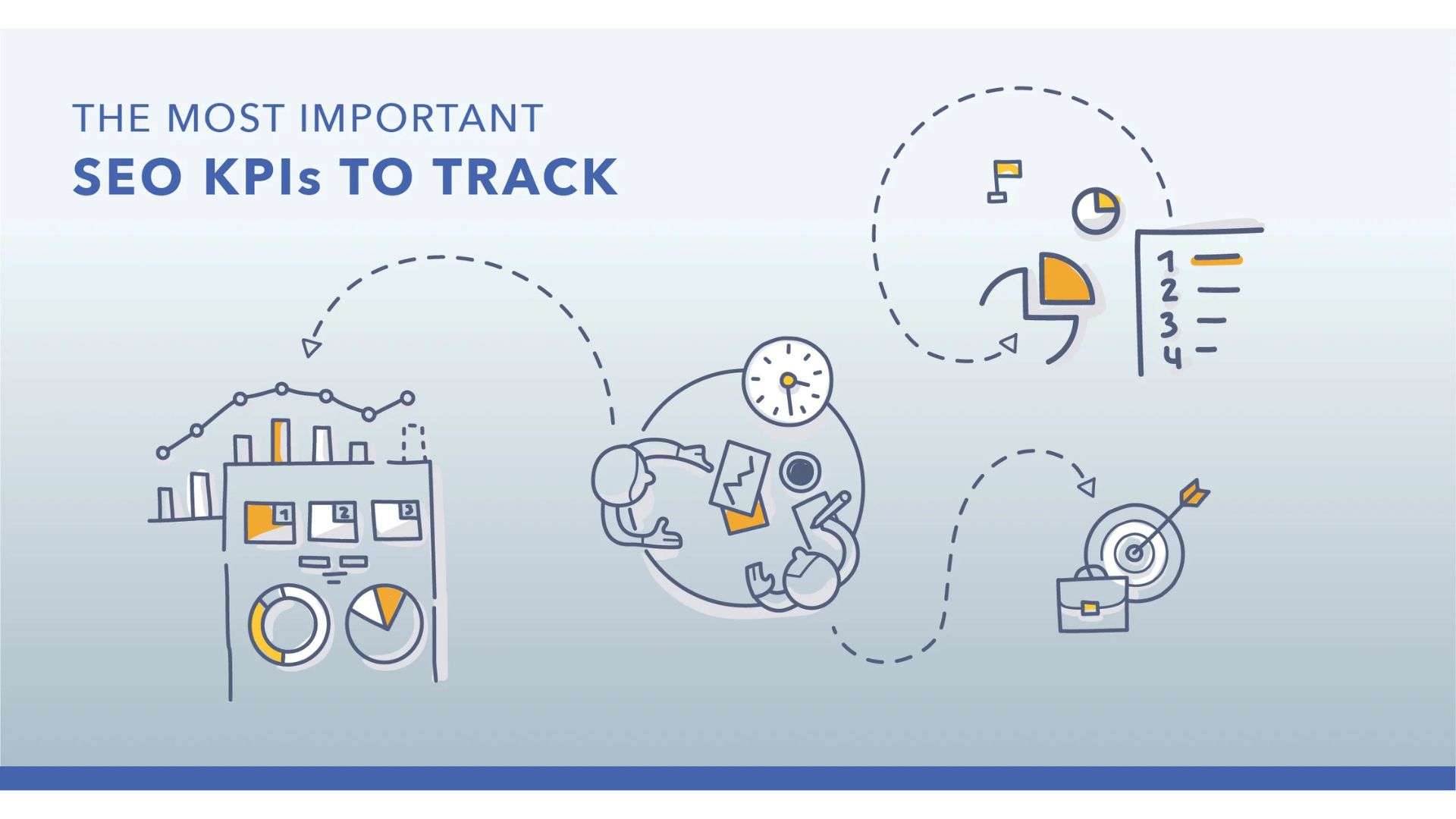
Scanning the good KPIs is the most practical way to avoid spending time and money on something that isn’t driving ordinary profit.
Is your SEO strategy sufficient enough? How can you ensure your efforts drive tangible results? What can you do to grow your website performance?
Using the right performance metrics, you’ll be able to respond to all these questions.
KPIs perform as a management system that lets you specify which tactics work and which don’t. What’s most significant, monitoring the good KPIs is the most suitable way to avoid spending time and money on something that isn’t driving the expected profit.
In this article, I’ll emphasize seven essential indicators marketers should pay attention to.
1. Organic Traffic

This KPI estimates how many visitors visit your website from organic search results.
It’s one of the most critical metrics to consider, as its growth represents you reaching the main SEO objective: increasing the number of people seeing and visiting your website.
If you function with Google Analytics (and you indeed should), you can efficiently track day-to-day searches in your site traffic. Go to the ‘Audience > Overview’ report, click on the ‘Add Segment,’ and choose the ‘Organic Traffic’ field.
2. Search Rankings

There is no secret the higher your website ranks for relevant keywords, the better.
Search rankings are an essential KPI because it directly connects with your SEO success. Once you get the relevant search positions, you’re close to reaching other objectives like traffic, leads, and conversions.
It is also essential to track your rankings for the proper keywords. Suppose your website’s ‘Jeans’ section ranks first for the ‘black and white perpendicular striped skinny jeans for women’ questions to your site traffic is not enhanced seriously.
You can observe how your search positions for the target keywords switch with tools like Serpstat or Ahrefs. Just you need to do is enter your domain, like the type of SERP (require organic results), import the list of keywords, and start the rank search.
3. Search Visibility

Search engine visibility shows how often your domain is displayed – in search results for the keywords it’s ranking for.
Search visibility estimates how visible your brand is in the market. Sometimes also referred to as SERP visibility, it’s the SEO performance of one of the most crucial marketing KPIs.
Tracking search visibility, you can see the cheerful dynamics even before your site starts attracting visitors. This score can be a critical driver for all your SEO-based activity. Search engine visibility score is especially-valuable if you want to observe the early results of website optimization.
4. Organic CTR

Click-through rate (CTR) is a performance metric that calculates the ratio of clicks on your link to the total number of users who considered the search results. In simple words, high CTR = high traffic.
The better your organic CTR, the more people will click on your listing on Google. And the more traffic you will drive to your pages.
Mostly, tracking CTR as a KPI, both at the page level and the level of the questions.
CTR is also a critical search engine ranking signal. For example, even high rankings couldn’t help you attract better visitors if your search snippets don’t look attractive sufficiently. As a result, your CTR leaves much to be expected.
Concentrating on traffic and rankings, people usually make a huge mistake ignoring this KPI. By tracking your organic CTR, you can find out why your increased impressions don’t result in substantial traffic and fix the problem.
To oversee your CTR, go with Google Search Console.
5. Bounce Rate

It calculates the percentage of your site visitors who bounced from your website without taking any steps.
It is easy to estimate whether your content engages those who land on the page. It is also a terrific way to understand how relevant your page is to the search queries that it is ranking for.
A high bounce rate generally means the page isn’t attracting more users, meaning missed opportunities to turn traffic into conversions.
Many times, it only takes small changes to see a perceptible improvement. However, you might not spot the opportunity if you’re not particularly tracking the bounce rate.
6. Branded Traffic

Branded traffic usually comes from users who explored the terms that contain your company name. If brand awareness is essential for your brand (and it is a must), branded traffic should be your primary KPI.
As quests already know what they like when searching for branded keywords, this type of traffic results in the most elevated conversion rates.
Follow this KPI with Google Search Console.
7. ROI

ROI (Return on Investment) is a signal you can count on for all your marketing campaigns. Measuring ROI for SEO, you’ll decide whether the net income is worth the money you spend optimizing your website.
Here’s the procedure to calculate your ROI percentage:
(Gain from Investment – Cost of Investment) / Cost of Investment
Make sure that it’s common for this parameter to be unfavorable in the very beginning. However, with a thriving method, you’ll see favorable dynamics within several months.
Specify the right KPIs
- Tracking all the current metrics at once is a waste of time. You should select an individual set of KPIs based on your project goals.
- Set your goals sooner you start collecting and analyzing data better informed you will be close to your current arrangement and benchmarks.
- Specifying and calculating SEO KPIs will help you continually evaluate the performance of your campaigns, permitting you to make smarter, data-backed conclusions.
- Setting KPIs for SEO will also help you reveal your progress to appropriate stakeholders, reaching buy-in and your collective goals.

